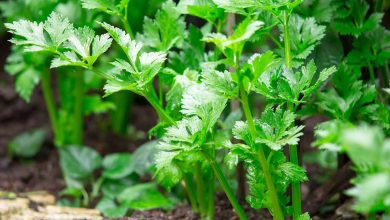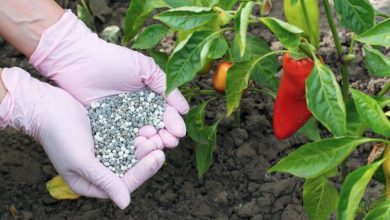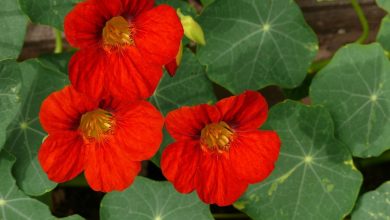Gardens in the Hutongs. Urban agriculture in China
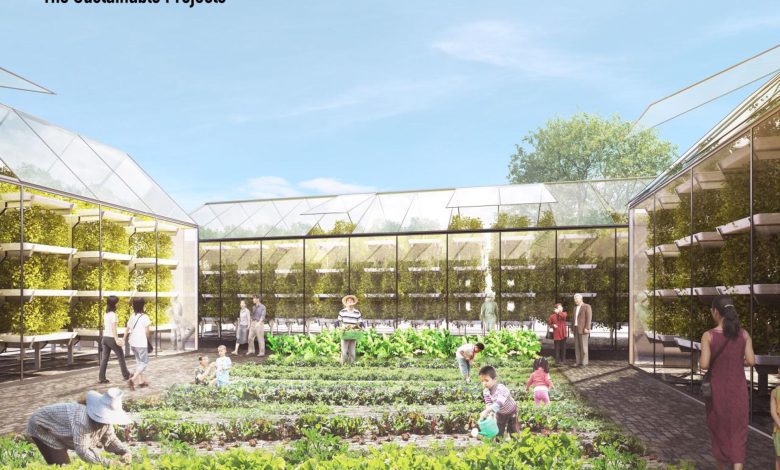
Very good to all Agrohuerters!
As you know, we are in China learning a little about its customs and way of understanding agriculture in the cities. Well, during this first month we have visited a couple of times a type of very picturesque neighborhood of the city, the so-called hútòng (in ping-yin) hutongs, or hutons, and in them we have found several brushstrokes of a very traditional urban agriculture and with a lot of history.
What are hutongs:
Before seeing what the orchards in the hutongs consist of, we are going to see what these Beijing neighborhoods are. The hutongs are the narrow streets or alleys that exist between the » siheyuan «, houses with an interior patio similar to the Spanish corralas, the union of several of these structures give rise to entire neighborhoods that are called hutongs.
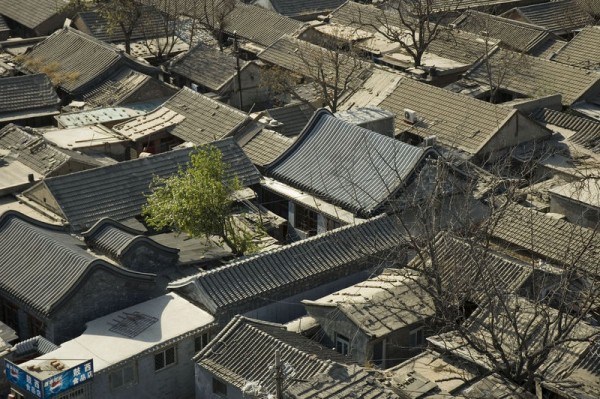
The term hútòng, a word of Mongolian origin meaning water well, first appeared during the Yuan dynasty (1206-1341). These residential structures housed residents of different ranks within the feudal society of Beijing based on their proximity to the palace. of the emperor. This model of land use continued during the Ming (1368-1628) and Qing (1644-1908) dynasties, when many more hutongs were built.
During the period of the Republic of China (1911–1948) this type of neighborhood deteriorated due to civil wars and foreign invasions, for which the corrala-type houses went from being occupied by a few rich families to housing many poor families or coming from rural areas, this is where our beloved urban agriculture comes in.
Finally, tell you that after the founding of the People’s Republic of China in 1949, many hutongs have been demolished to make way for new neighborhoods, with wider streets and taller houses, others have been declared protected areas of the city to preserve Chinese tradition..
Gardens in the Hutongs.
These hutongs are currently a must-see for all tourists as they have been converted into commercial areas with a multitude of leisure and restaurant offerings. Its narrow streets are a real hive of people, street vendors and food stalls, they are not insecure at all and you can walk perfectly with the camera in hand, but at times you can feel overwhelmed with so many crowds in a relatively small space. little.
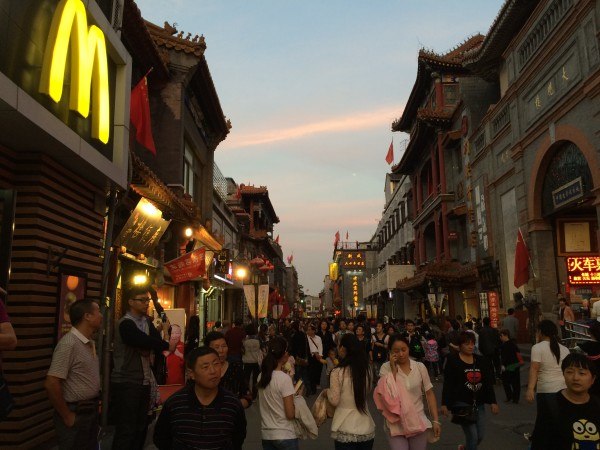
Likewise, these neighborhoods are not only commercial areas, they are also residential areas and you can appreciate the customs of their inhabitants by looking at the small details:
As you can see, the inhabitants of the hutongs take advantage of the pots and flowerpots on the street to plant their own food, it is their way of taking advantage of the dead spaces of the city and apart from getting personal benefit. Many of the pots you see have been bought by themselves, but others are old litter bins or spittoons located in corners of the street that have been converted into small orchards.
What is planted in these micro-gardens:
During our visits to the hutongs we have observed a multitude of pots, in most of which many ornamental flowers are grown, aromatics such as lavender or marigolds are also cultivated, but we can also observe peppers or pumpkins…
Why Peppers:
As you know, Asian countries are famous for using many spices and hot in their dishes. In this case, the Chinese are not far behind and almost all of their food, whether it is a dish of tofu or some steamed vegetables, has a touch of spice or, if not, you always have a spicy sauce available to add whatever you consider.
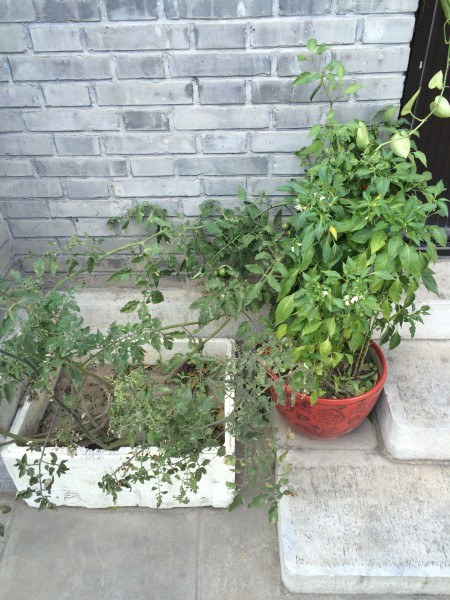
From what I have been able to see, the spiciness of the dishes are chiles (especially habanero and serrano) and Basque chillies, or at least they are very similar to piparras when they are ripe. I dare to say piparas because it is not an exaggeratedly spicy flavor and the pieces are somewhat meaty to be able to eat them.
Hot sauces are nothing more than the same dried and crushed peppers mixed with some kind of sunflower or peanut oil. For these reasons it is logical to find this type of bushes in the street, these people like to enjoy the heat and choose to grow peppers by themselves due to how easy it is to grow them in pots.
By way of note, there are other reasons more linked to recent tradition. We have been told that Chairman Mao liked peppers a lot and many people grow them to follow his tastes. In fact, we have gone to Comrade Mao-themed restaurants, where you can taste your favorite dishes.
why pumpkins:
From what I am seeing, Chinese and cucurbits get along very well and it is common in their diet to find new species such as chayote or Chinese cucumbers. But they also grow a lot of bottle gourds, similar to the ones you see on the Camino de Santiago. This crop is practically ornamental.
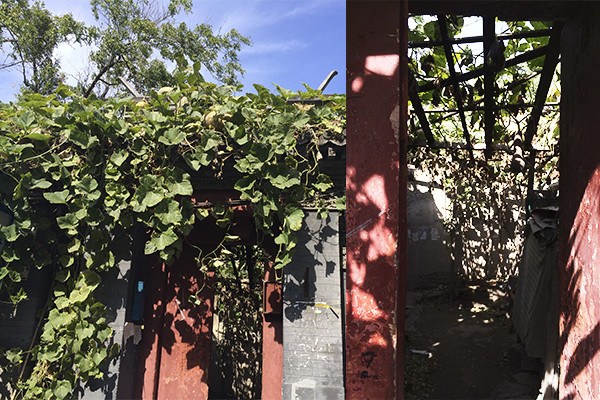
As you can see on the outside, they plant several pots with the climbing pumpkin to achieve a very dense vegetable roof that provides shade in summer inside the interior patio and in turn provides the neighbors with pumpkins…
These are just some examples of what we have seen, but there is still much more to discover, I prefer the use of pots in the middle of the street, through this model of agriculture in the city we can learn to get more out of our environment without damaging it. All the best !

![Photo of Peach Tree Pruning: How and When to do it? [Complete Guide]](https://www.complete-gardening.com/wp-content/uploads/2022/08/peach-tree-pruning-how-and-when-to-do-it-complete-guide.gif)
